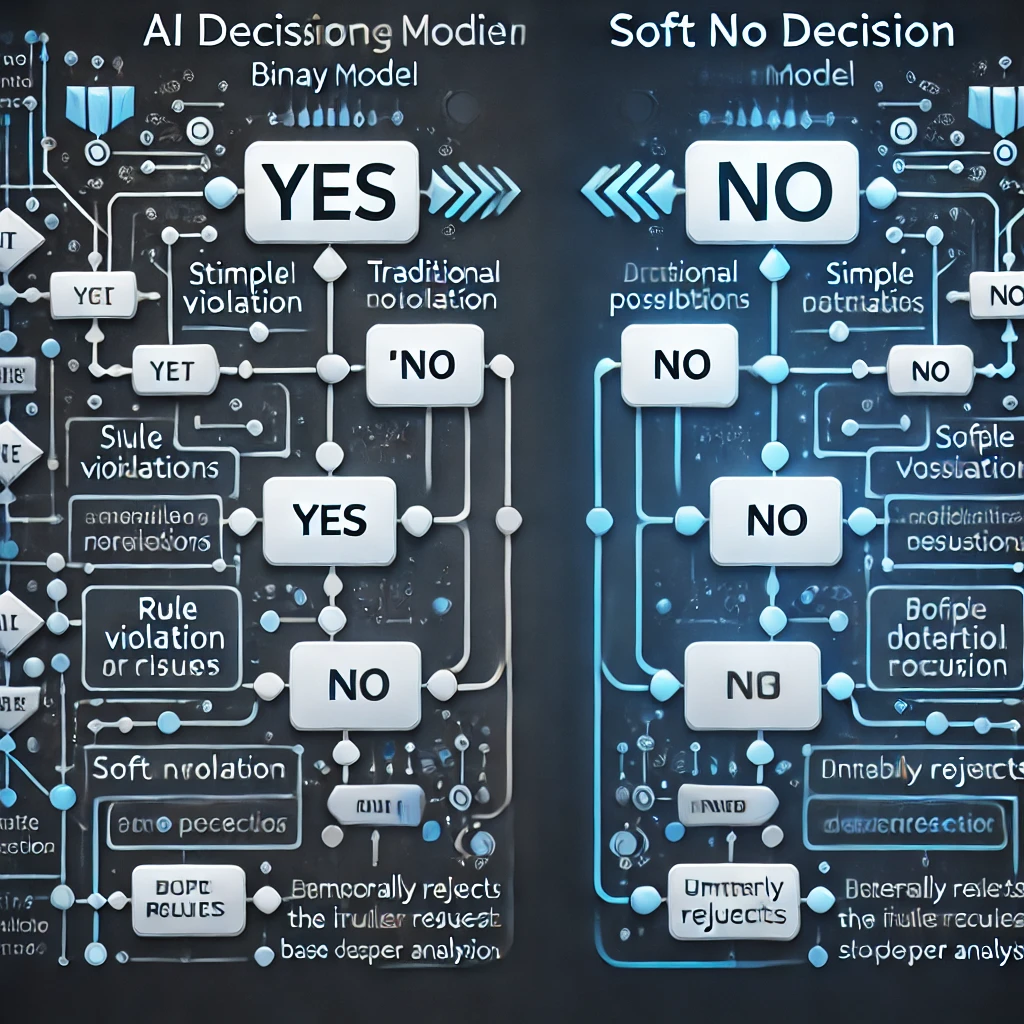
The AI List Server Model: A Static Approach
Introduction
The AI List Server Model is a traditional method of AI interaction where the system offers predefined, static responses to user inputs. While this model can provide valuable information in structured formats, it lacks the adaptive feedback and contextual awareness required for dynamic, interactive learning.
Key Concepts
Static Nature of Responses:
The AI List Server operates by providing a set list of answers or outputs, typically without the ability to engage in ongoing conversations. This static nature can be useful for simple tasks but limits the ability to handle complex, dynamic interactions.
User Adaptation:
Users must adapt to the system’s limitations, often adjusting their queries to fit within the fixed nature of the responses. This can lead to frustration but also teaches users to work within boundaries.
Efficiency in Simplicity:
The model is effective for specific tasks that require reliable, repeatable responses but falls short when more interactive or complex dialogue is needed. It’s a useful tool but doesn’t offer the depth or flexibility required for personalized learning or growth.
Comparison with Other Models
Command-Response Model (Traditional AI):
The AI List Server is a type of command-response system where users ask for information and the AI provides it, but with no real flexibility or opportunity for adaptation. It’s a limited, functional system, compared to more dynamic models.
Collaborative Learning Model (Adaptive AI):
Unlike the collaborative model, the list server doesn’t adapt based on feedback or previous interactions. While it offers a fixed set of responses, it doesn’t have the capacity to learn from the user’s input or adjust based on context.
Socratic AI Model:
The list server is very different from the Socratic method, which involves an interactive question-and-answer approach. In contrast, the list server offers only pre-defined answers, leaving little room for critical thinking or self-inquiry.

0 Comments